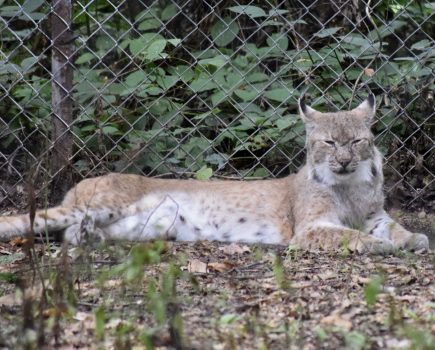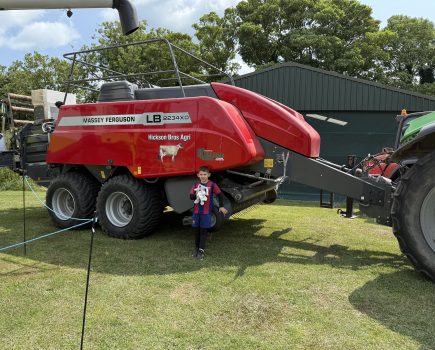It was always going to be the case that a complete post-Brexit shakeup of the way in which UK agriculture is subsidised was going to produce major farming winners and losers. So it has proved. DEFRA’s recent announcement of the latest phase of the Sustainable Farming Incentive (SFI) will please some farmers more than others.
Since Brexit, the main difficulty for just about all farm businesses has been how to cope with the impact of the withdrawal of the Basic Payment Scheme (BPS) by 2027. This payment, first introduced in 2005 as the ‘Single Farm Payment’, replaced a whole raft of subsidies like arable area payments (which paid us different amounts depending on which crops we grew), and livestock headage payments for beef cattle and sheep.
It’s hard to remember that far back, but when this flat rate payment was first introduced, it wasn’t supposed to last very long. Politicians and even senior office holders in the NFU told us that we should use this money to invest in better productivity, ready for a brave new world of ‘free trade’ that was coming in a few years’ time.
Personally, I never took those lectures remotely seriously. My arable farming was completely dependent on the arable subsidies that were available in 2005 and has remained just as dependent on the BPS that replaced them.
I’m not alone. Barely 10% of UK arable farmers are viable without the BPS and most of those are, surprise, surprise, on the very best land in the eastern counties of England. Crucially, as well as enjoying good yields from their wonderful land, these farms are also near to deep-sea grain export facilities and/or bio-fuel plants. Thus their transport costs for moving grain to a buyer are also remarkably low. Such farms are certainly not anything like mine, in other words.
The latest DEFRA SFI announcements, then, about how the BPS monies are to be redirected into a range of new financial incentives for arable farmers, is of great interest to me.
It is hard to overstate just how necessary some sort of boost to arable farmers’ cash flow is at the moment. Inflation in our growing costs in recent years has been rampant, while grain prices are currently low. I can’t get a bid of £180 a tonne for my feed wheat at the time of writing.
So, like most growers, I will be poring over the detail of the long list of new SFI arable initiatives for 2024. What do I have to do to “manage arable land for flood/drought resilience and water quality (£1,242/ha)? What is “no-till action” (£73/ha) or a “multi-species cover crop” (£153-163/ha)?
Should I invest in precision arable equipment if there’s going to be a payment of £43 ha for “remote-guided herbicide spraying” and a reward for “robotic weeding” of £150ha?
As usual, for an arable farmer like me who farms less good quality land, it will be those who most quickly adapt to the new subsidy regime who stand the best chance of economic survival.







